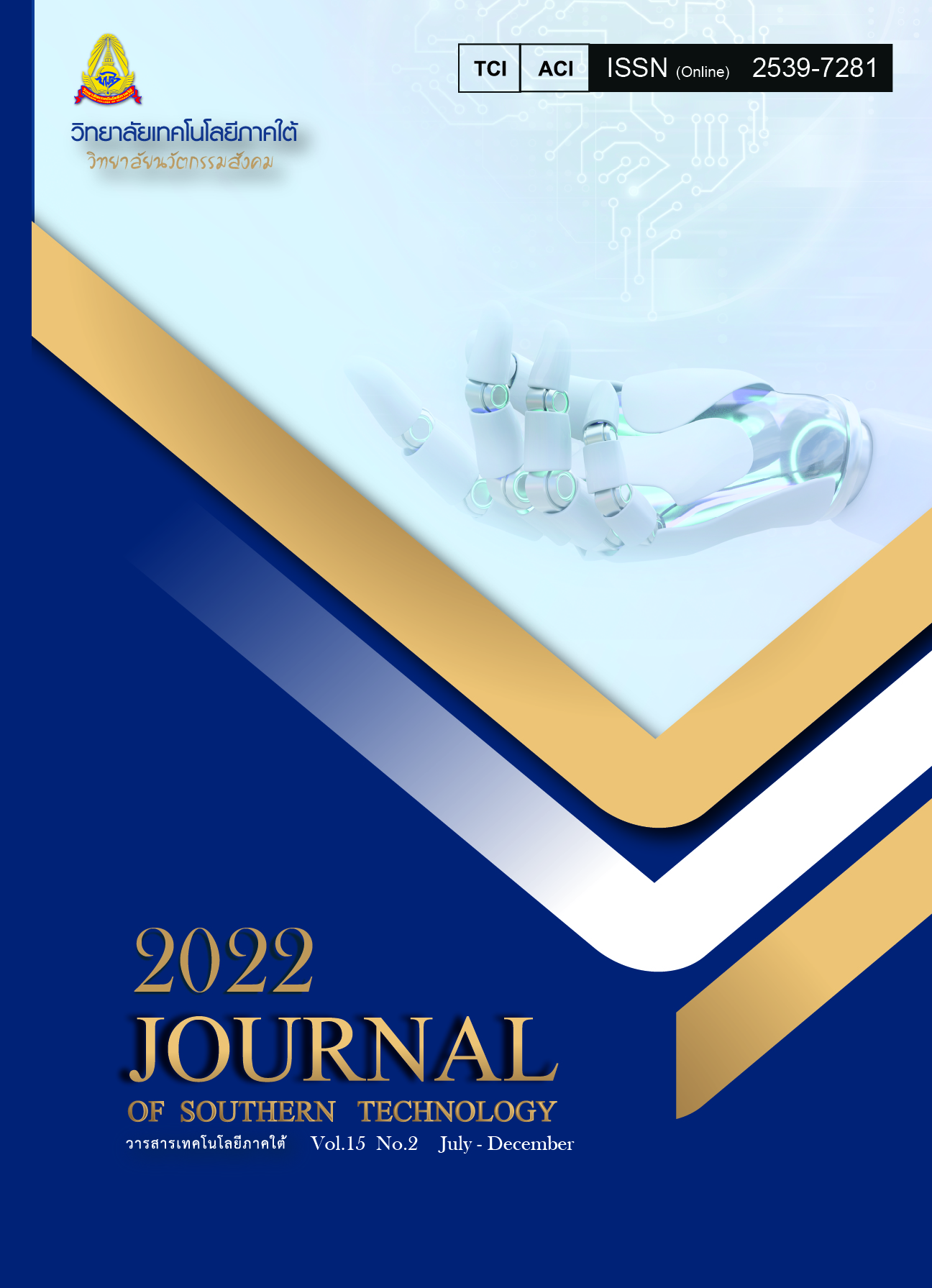Communications for Community Based Tourism Management in Tamot, Phatthalung Province
Main Article Content
Abstract
Nowadays, the popularity of historical tourism, community lifestyles and culture have regained attentions from tourists. This helps tourism within the country continue to grow. Tourism business entrepreneurs must develop marketing communication, tourist attractions, and services to increase awareness of existing tourist attractions in the area. The government must provide support to encourage local tourism for Thai people to travel in their own country. The purpose of this study was to investigate the communication for tourism management of Tamod community in Phatthalung in three aspects: community context, communication channels, and community suggestions for development of communication channels. This qualitative study obtained data from twelve individuals in charge of Tamod tourism management.
They were purposively sampled. Semi – structured interview questions were employed in data collection. The data were then analyzed using descriptive analysis and reported according to the research’s objectives. Results showed that 1) the geographical context of community which is called, “Tamod”, situated on the mountain plains surrounded by Bantad mountain range, alternating with plains and hills. It is known as “a community of two religions” as both Buddhists and Muslims live together for a long time. There are many famous local tourist attractions including waterfalls (Lan Momchui, Hua Chang Reservoir, Khuanthakhom Viewpoint, Ladtoey Waterfall). Moreover, there are two learning centers such as a 100 year–old - Tamod temple and Tamod religious community center. The traditional communication channels used between the villagers and tourists included human interactions, televisions and radio programs, printing materials, signboards and activities. The new communication channels includes websites, and social media (facebook, youtube). The tourism information provides online includes tourist attractions, tour programs, transportation, food and accommodations. It was suggested that for human communication, media for activity-based development, printing media and radio programs must be developed for effective communication. This can help to present information on tourism and services that matches community’s identity. It is important to stress on the importance of the following aspects 1) creating a communication network, 2) making the activity plan to promote local tourist attractions, 3) developing communication system and promoting the community’s activities to raise the people awareness and 4) collaborating with the target groups to get ideas on executing tourism activities that meet the community’s need.
Article Details

This work is licensed under a Creative Commons Attribution-NonCommercial-NoDerivatives 4.0 International License.
-
Authors must agree to the journal publication rules and allow the editors to edit the manuscripts for publication.
-
Author’s right belongs to the author but Journal of Southern Technology holds the right of first publication and thus allow readers to use the article for the purpose of education but not commercial.
References
Chimplee, K. (2016). The development of village cultural tourism in Ban Takhu Pak Thong Chai District Nakhon Ratchasima Province. Research Community Journal Nakhon Ratchasima Rajabhat University, 10(1), 7-19. [in Thai]
Eiamrit, W. (2016). Online social networks behavior and ethic of students in Burapha University. Journal of Humanities and Social Sciences. Burapha University, 24(46), 101-117. [in Thai]
Kasemsuk, C. (2018). Public participation approach for sustainable community development. Journal of Humanities and Social Sciences Burapha University, 26(50), 169-186. [in Thai]
Khunweechuay, M., & Sukphan, N. (2011). Cultural compatibility between Thai – Buddhist and Thai – Muslim in Province of Pattalung. Academic Journal Nakhon Si Thammarat Rajabhat University, 30(1), 223-224. [in Thai]
Kuldilok, P. (2017). Social movement via new media in the age of globalization. Journal of Humanities and Social Sciences Burapha University, 25(49), 59-77. [in Thai]
Piemkaroon, P. (2019). Media Landscape under the tourism communication context. Journal of Social Communication Innovation Srinakharinwirot University, 7(1), 113-119. [in Thai]
Servaes, J., Jacobson, T. A., & White, S. A. (1996). Participatory Communication for Social Change. California: Sage.
Sitthanon, K. (2016). Thai Tourists Lifestyle, media and purchasing intention for tourism products and services. Journal of Communication and Management NIDA, 2(1), 1-17. [in Thai]
Tancharoen, S. (2018). Community based tourism management and sustainable tourism development of Bangkantaek community Samut Songkhram Province. Academic Journal Phetchaburi Rajabhat University, 8(2), 32-41. [in Thai]

